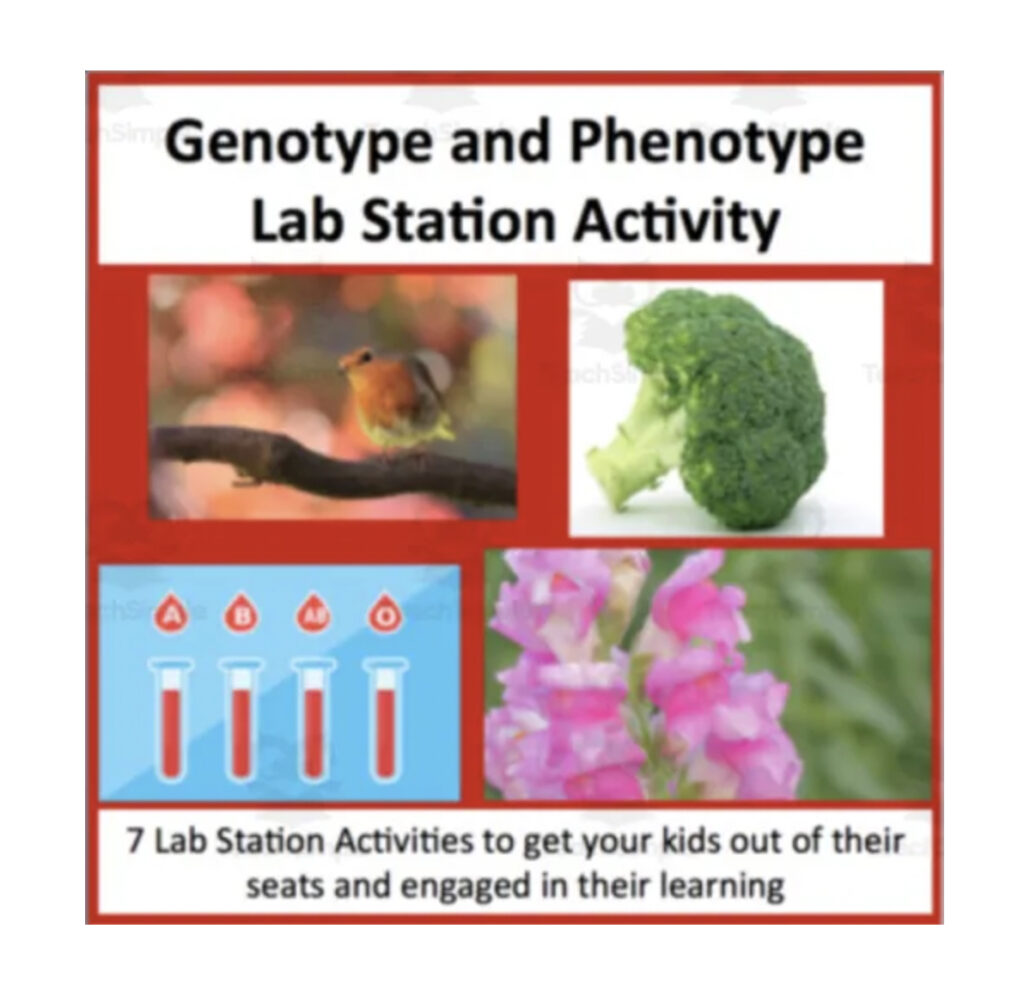

Prepare for your students to be amazed: young scientists tend to be fascinated with Punnett Squares! From understanding more about their own genetics to learning how a parent’s genotype can be used to predict the likelihood of different phenotypes for their offspring, your students will be fascinated as they explore the science behind blue eyes, widow’s peaks, and more. Like many aspects of science, practice makes perfect when it comes to Punnett Squares, and it’s key that your students have plenty of opportunities to get it right. Using Punnett Square worksheets can make for quick and easy in-classroom or at-home punnet square practice to help your students succeed.
You’ll notice that you have a ton of options when it comes to finding Punnett Square worksheets for your students. A few things you’ll want to keep in mind as you search for the right Punnett Square worksheet for your kids:

This full lab activity will allow your students to move through different lab stations, taking their time learning about how genes mix to create new phenotypes, recessive alleles, dominant allele.
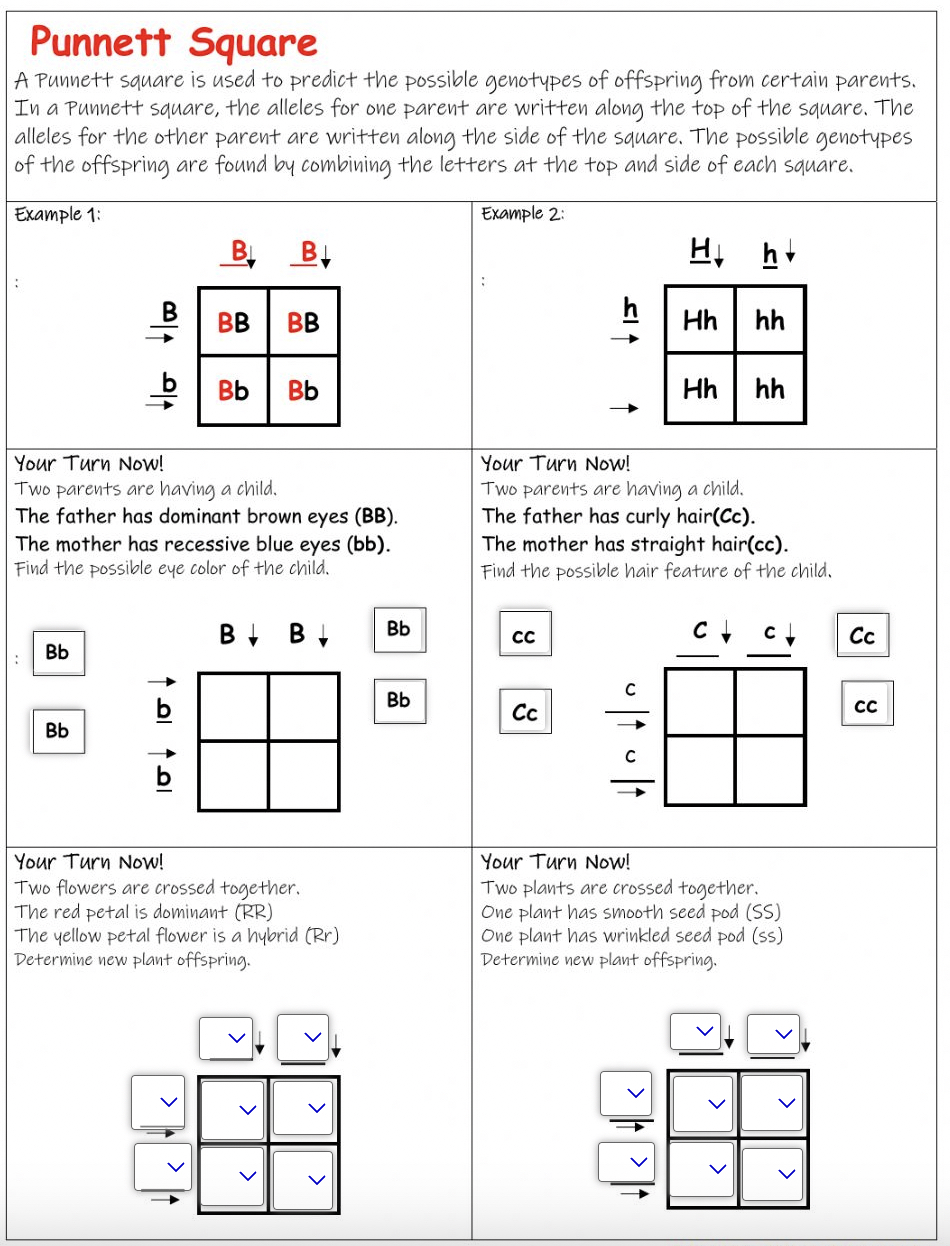
This worksheet provides your students with both examples and opportunities for. In this worksheet, your students will need to read short scenarios and use them to fill in the parent genotypes.
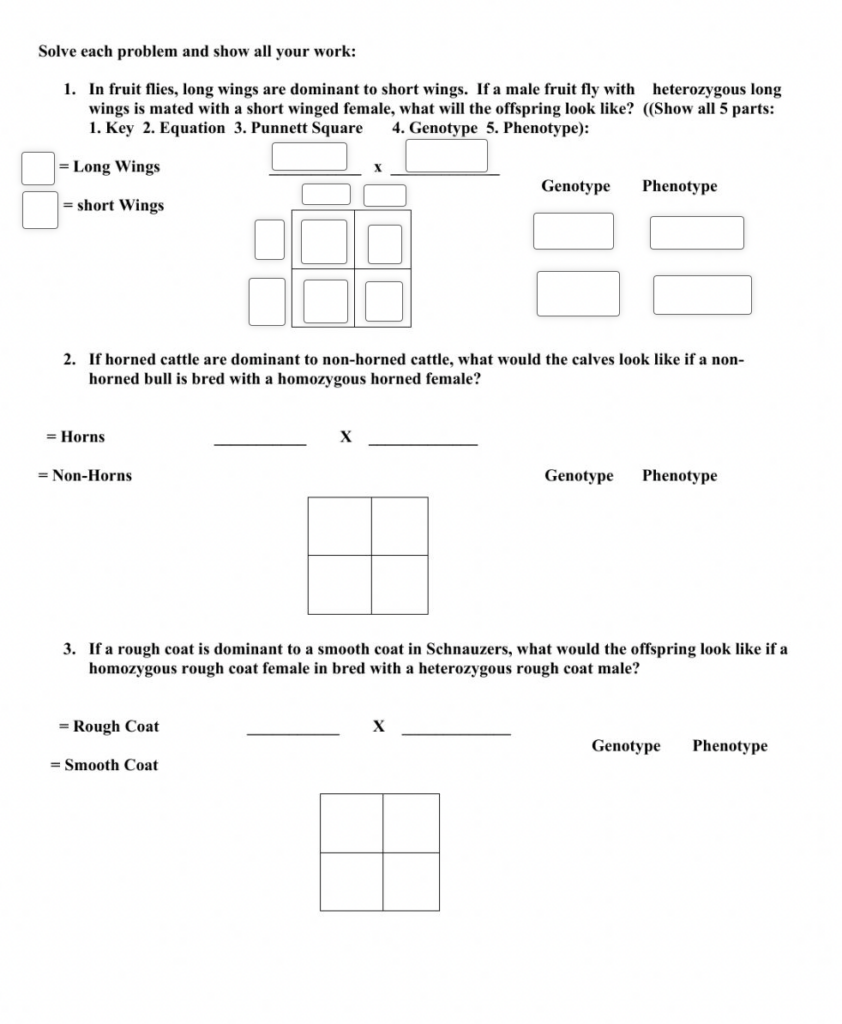
In this Punnett Square worksheet, students will read short scenarios, create their own genotype representations, and complete Punnett Squares.
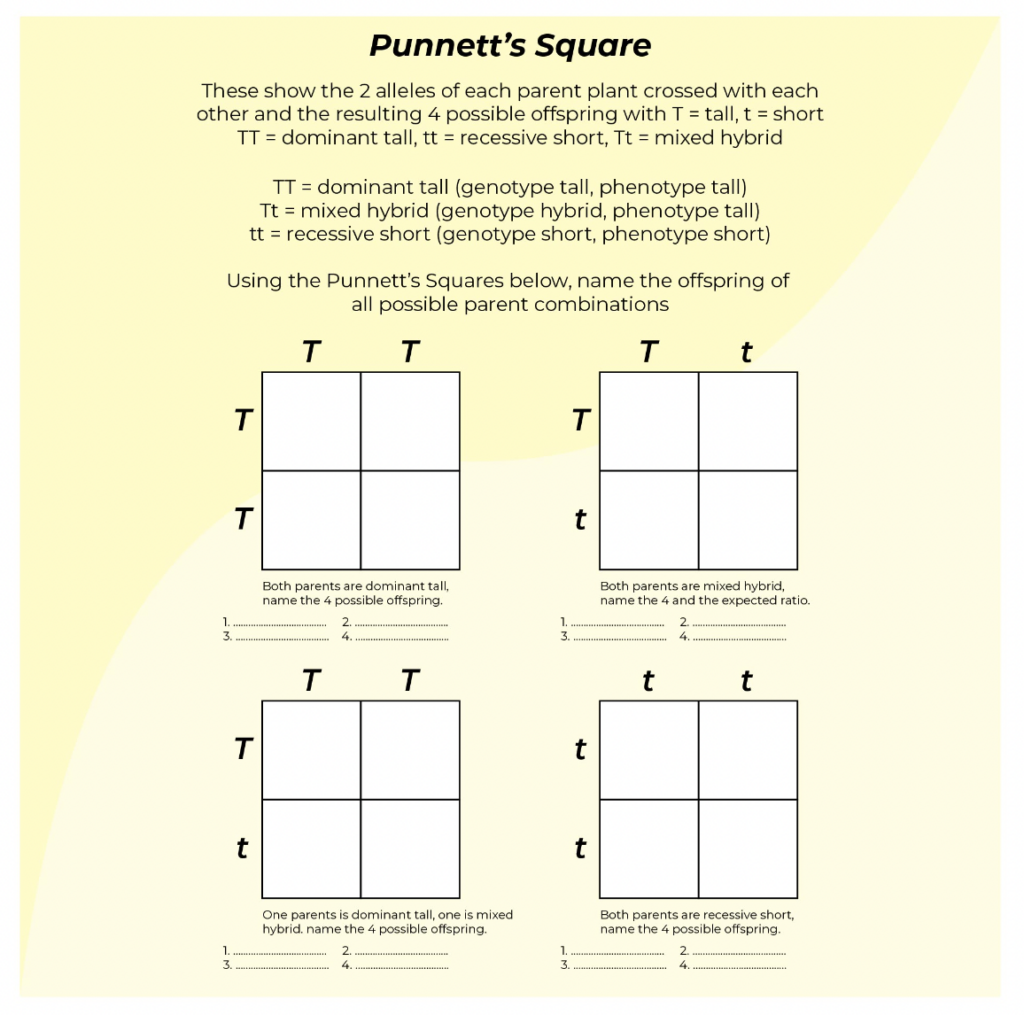
In this worksheet, your students will explore how the genotypes of plants affect the phenotypes of their offspring. Students will complete the squares then list all possible phenotypes.

This easy Punnett Square worksheet is a great fit for students who are just getting the hang of placing the genotypes on the top and side of the square and filling in the spaces.
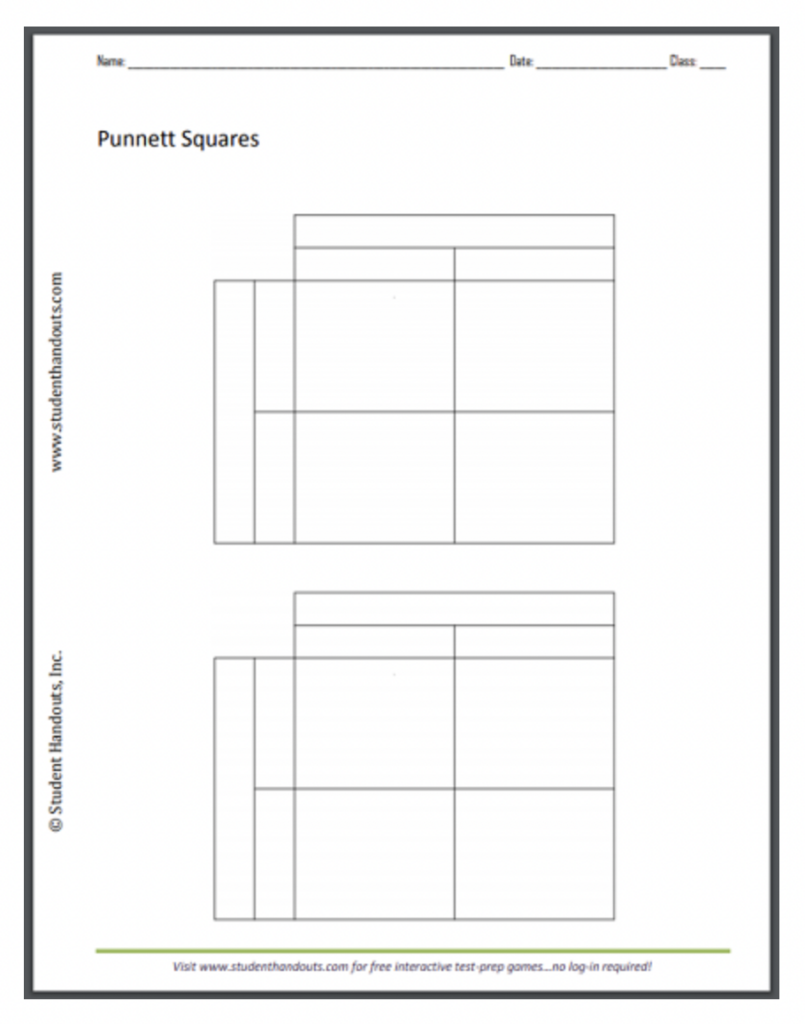
Working on having your students create their own Punnett Squares based on scenarios? Rather than having kiddos work to create perfect boxes, providing them with a simple Punnett Square template worksheet can speed up the process and make it easier for your class to keep their squares organized.
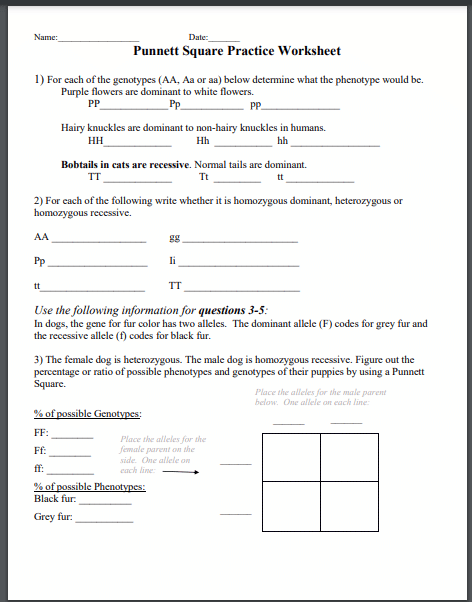
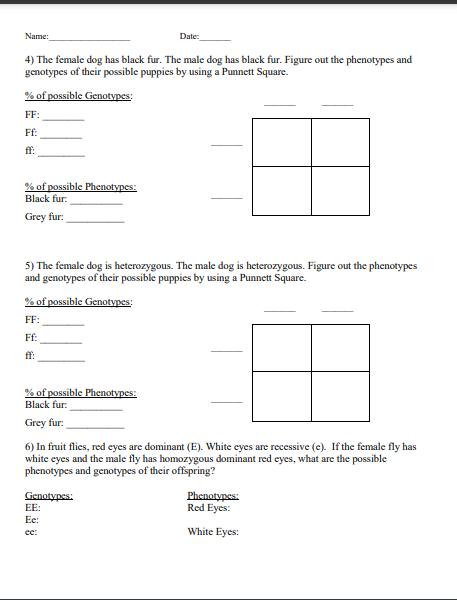
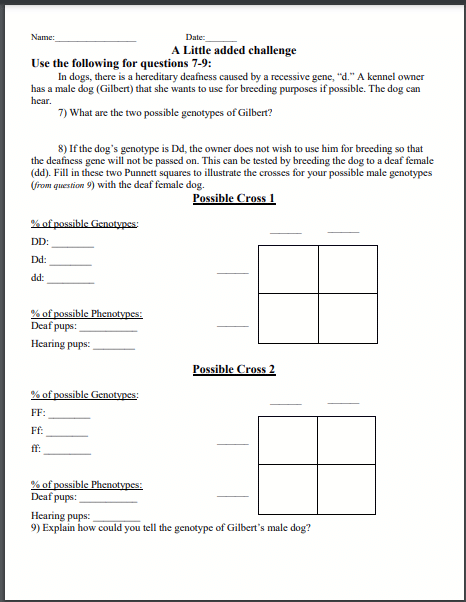
Want to make sure your students are able to work beyond the practice of filling out a Punnett Square? This worksheet allows your students to also practice determining whether a genotype is heterozygous or homozygous, and delves into the difference between recessive and dominate phenotypes.
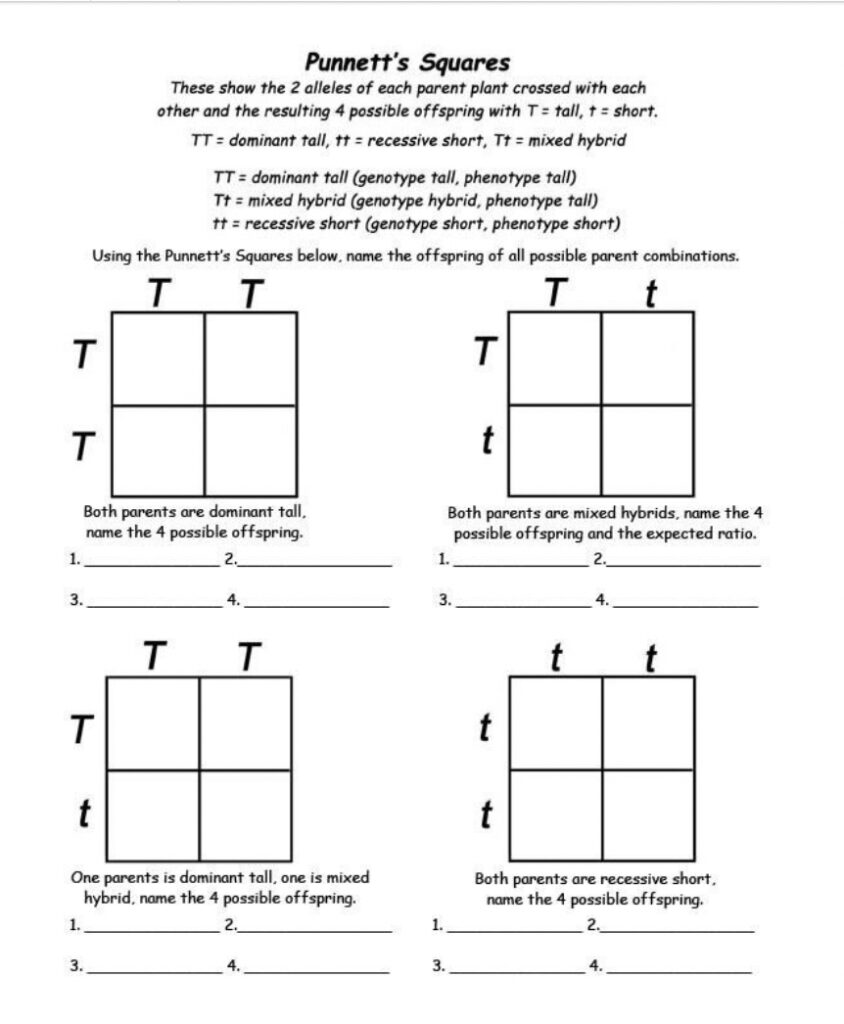
This worksheet is perfect for times when your students need the repetition required for the learning how to quickly fill out a Punnett square. This exercise will help your students get the hang of filling out a square, and also allows them to work backwards, understanding how resulting genotypes can be used to determine parent genotypes.
Struggling to figure out the best way to get the resources you need for your classroom? It can be hard to decide whether free or paid worksheets are the best choice for you. If you’re on a limited classroom budget and aren’t able to charge online resources to your school, free options may make the most sense. If you can swing it, paid options can be helpful, as they’re often easier to edit, allowing you to differentiate instruction and meet the ever-changing needs of the students in your classroom.
At Teach Simple, we’re here to support your science classroom. We know that it can be tough to stay on top of everything required by your administration, and we want to take the stress of creating materials off of your shoulders. Sign up for a free account with us today, and take your time browsing our unit plans, interactive activities, and Punnett Square worksheet options to help your students take their understanding to the next level.
Practice makes perfect, and it can take some time for your students to get the hang of Punnett Squares. Whether you’re beginning to teach your students how to fill out the square or you’re digging into the difference between a genotype and phenotype, we’ve got you covered. Feel free to browse our resource library to find the perfect Punnett Square worksheet for your students.